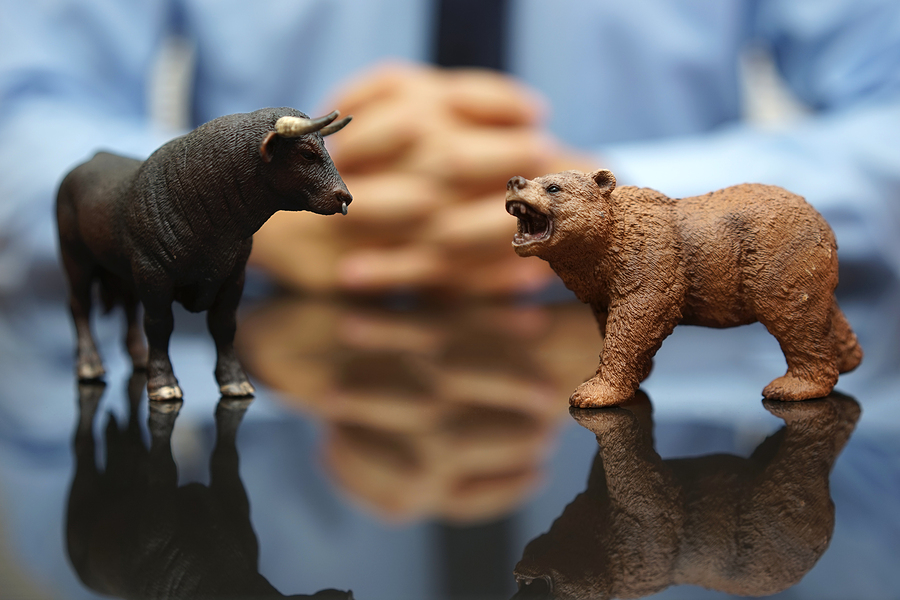Unquestionably investors can experience emotional pain and anxiety when their investment reports show a loss in value of their investments due to market downturns. As a matter of fact, from studies done with real humans, behavioral scientists tell us that we feel losses twice as keenly as positive returns.
However, in view of this fact, how can market downturns (which may generate selling at the wrong time and locking in those losses) become less painful?
University of Chicago Booth School of Business Professor of Behavioral Science and Economics, Richard H. Thaler conducts a variety of experiments on which he bases his findings about the psychology of decision-making and other topics. One of Thaler’s studies offers investors some insight. He asked people to select one of two investment options, one heavier weighted in stocks with higher returns and higher volatility, the other with fewer stocks, lower returns and less bouncing around. Half of the people were shown how that investment would have panned out eight times in the next year, while the other half were only shown the result once a year. In other words, some were looking at the stock market roller coaster eight times as often as the others.
Most likely you know the outcome: those who saw their results eight times a year only put 41% of their money into stocks. Those who saw the results just once a year invested 70% in stocks. Thus this experience indicates that the more frequently investors look at their portfolio, in good times and bad, the more pain and anxiety they are likely to experience, and the more cautious they tend to be. By being too cautious, investors can hobble their financial futures.
In a recent blog post, a market analyst looked at all the bear markets and bull markets going back to 1928, and found something interesting. The bull market rallies, on average, delivered 57% returns, while bear markets, on average, took away 24% of the market’s value. The bull runs lasted, on average, 474 days, while bear market drops were more intense, compressed into an average of just 232 days before the next upturn.
In other words, the significant declines were only about half as large as the market gains, but they were much faster, lasting about half as long as the slow, incremental rises that are habitual to bull runs. Although some bear market recoveries take longer, on average, it takes just 3.1 years after a bear market begins for stocks to battle back to where they stood before it began.
Here are a few simple conclusions: bull markets don’t attract a lot of attention, and move more gradually than the eye-catching downturns. Bull markets, over time, generate twice the upside as bear markets do downside.
However statistics will not make you a successful investor. If you have the discipline to hold onto the equity positions in your portfolio throughout a bear market, if you don’t look at your portfolio every day and you haven’t been trying to time the market, over the long-term you will be rewarded.
CCMI provides personalized fee-only financial planning and investment management services to business owners, professionals, individuals and families in San Diego and throughout the country. CCMI has a team of CERTIFIED FINANCIAL PLANNERTM professionals who act as fiduciaries, which means our clients’ interests always come first.
How can we help you?





